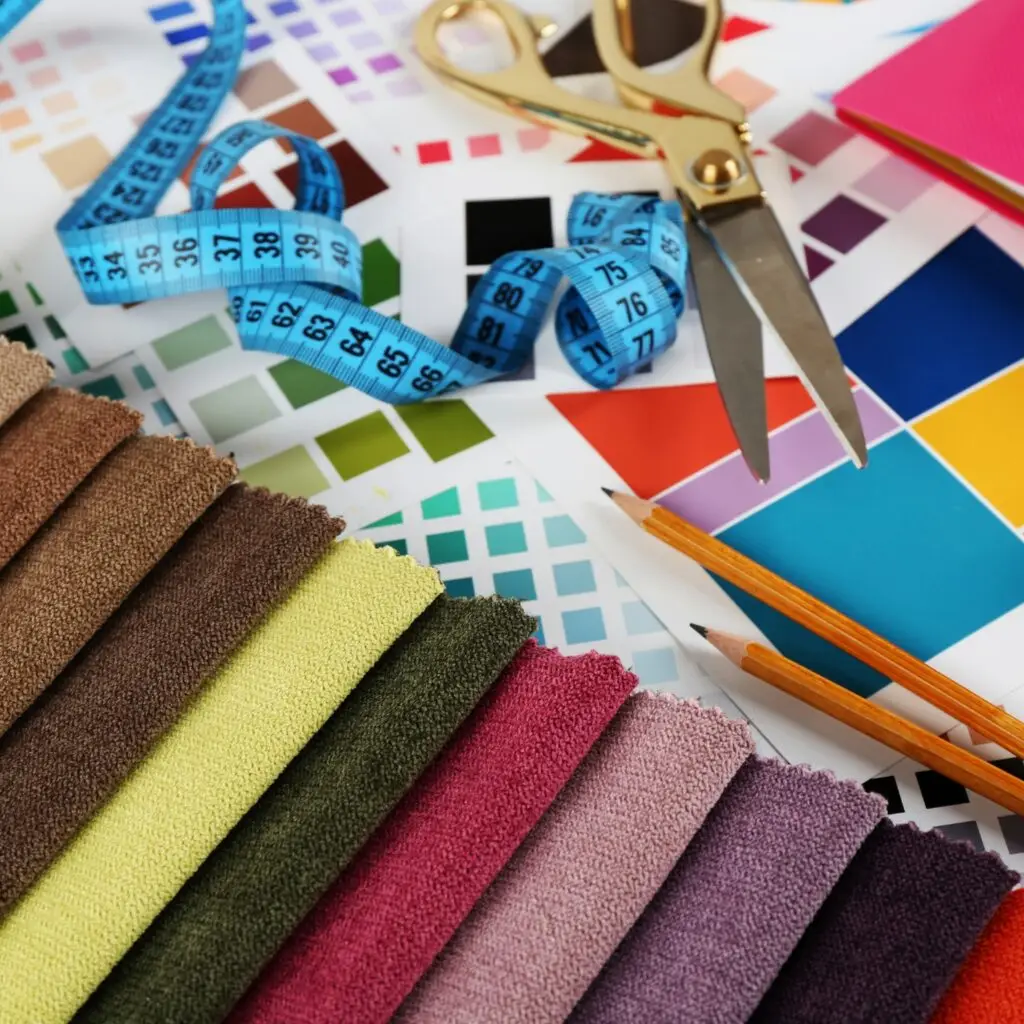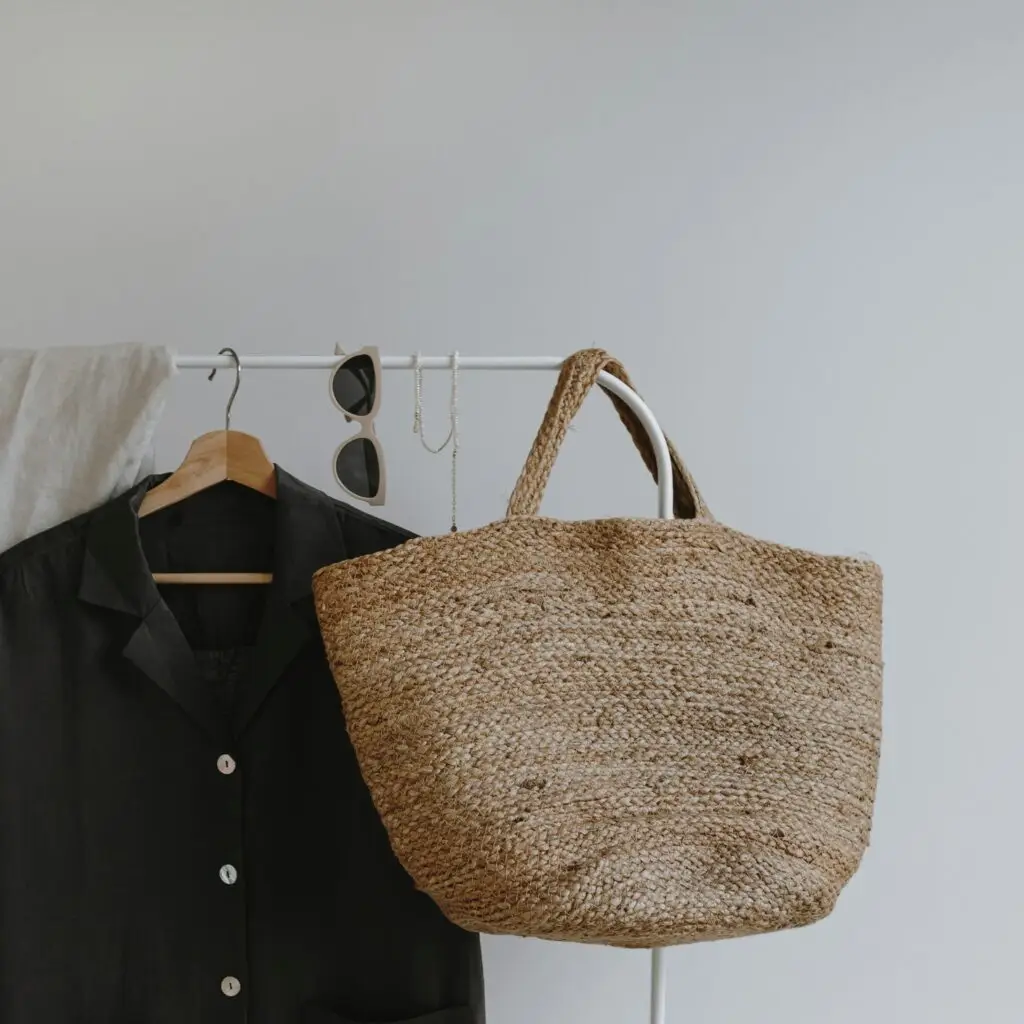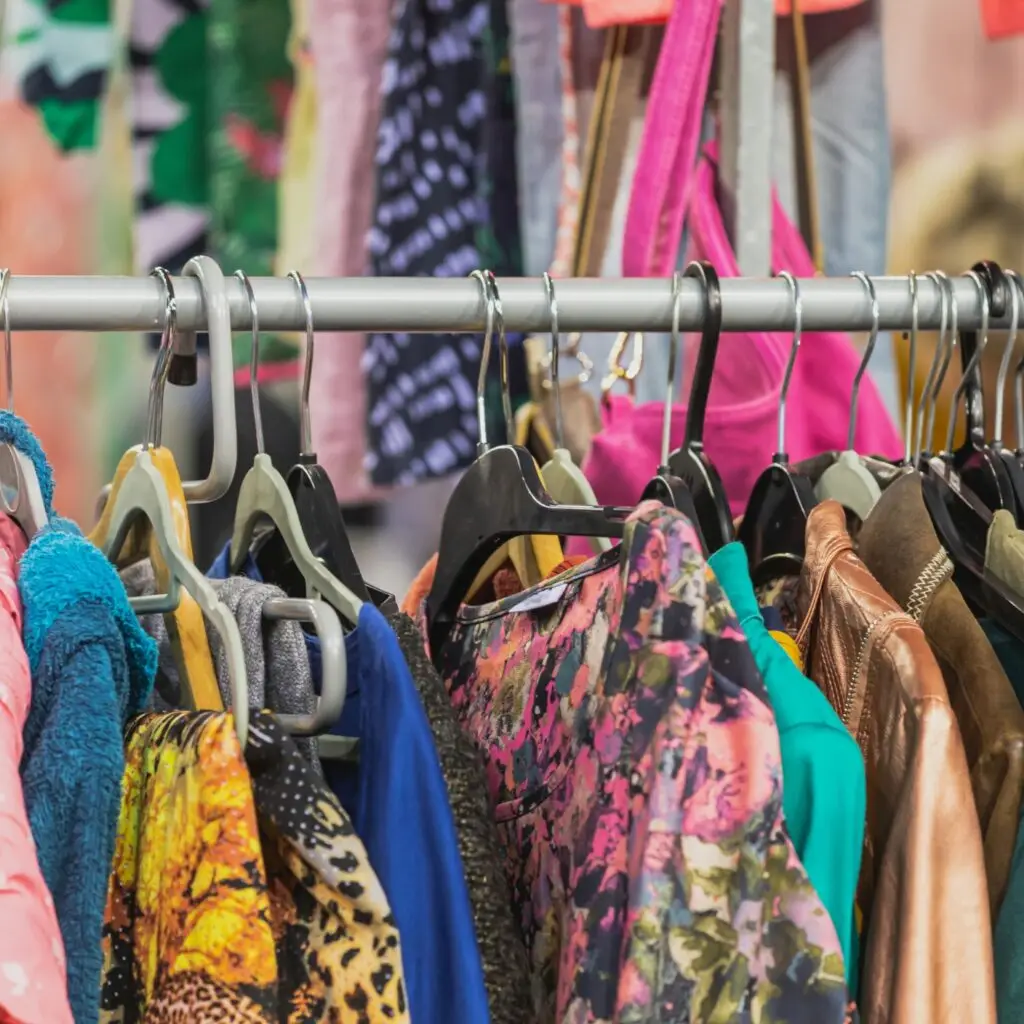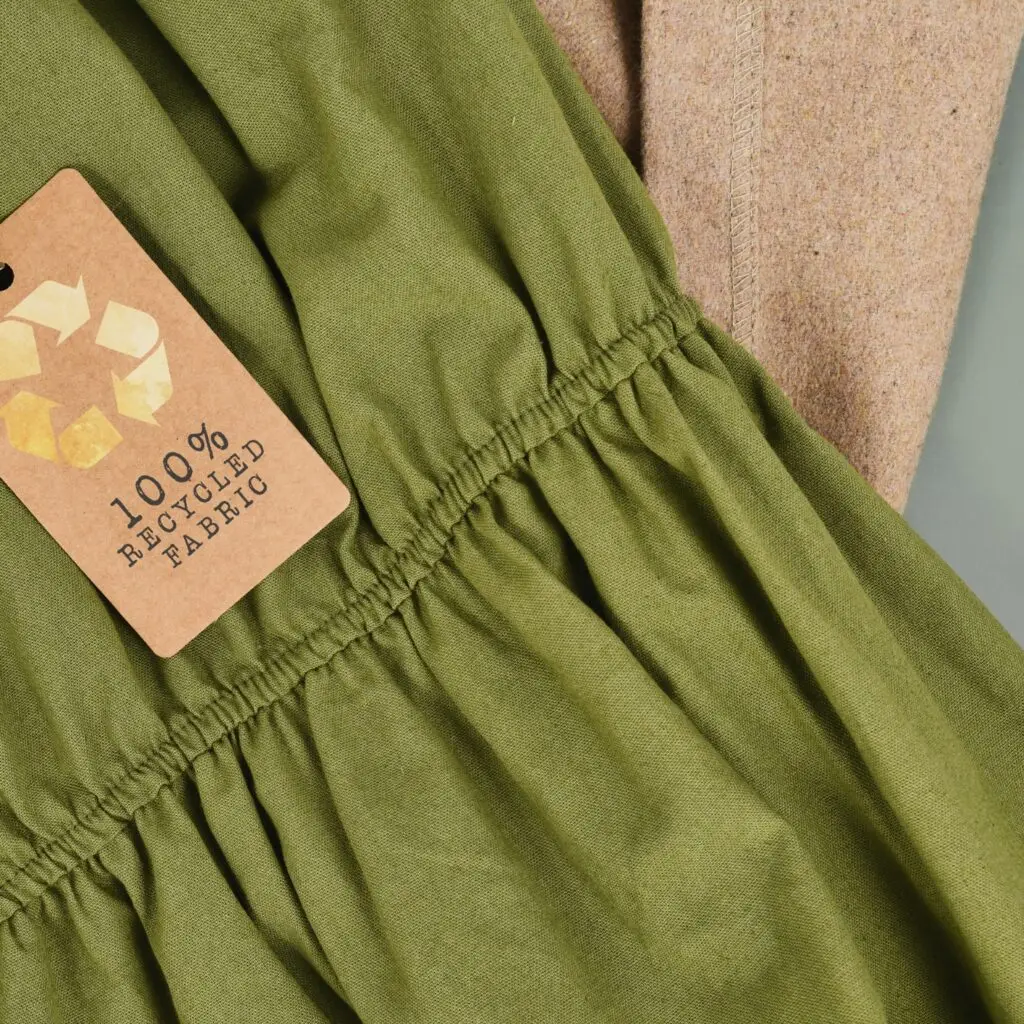Hello, Conscious Fashionistas! 🌍
Did you know that the fashion industry is one of the largest polluters on the planet? Fast fashion—cheap, mass-produced clothing that falls apart after a few washes—is a major contributor to environmental degradation. But here’s the good news: building a sustainable wardrobe isn’t as hard as it sounds. In fact, it can be a fun and creative process that not only helps the planet but also supports ethical practices.
Today, I’m going to show you how to build a stylish, eco-friendly wardrobe that will make you feel good inside and out. From choosing the right materials to shopping mindfully, let’s dive into the world of sustainable fashion and discover how easy it can be to make conscious choices about what we wear.
Table of Contents
Toggle1. Invest in High-Quality, Timeless Pieces 🧥
When it comes to sustainable fashion, quality over quantity is key. Instead of buying into trends that fade quickly, focus on purchasing high-quality, classic pieces that will last for years to come. A well-made jacket, a pair of jeans that fit perfectly, or a timeless little black dress can stay in your wardrobe for decades, reducing the need for constant shopping sprees.

2. Choose Sustainable Fabrics 🌱
The materials your clothes are made from play a huge role in their environmental impact. Opt for natural fibers like organic cotton, linen, hemp, and bamboo, which have a smaller environmental footprint compared to synthetic fabrics like polyester. If you love the softness of wool or cashmere, make sure to choose ethical, cruelty-free options.
Here are some sustainable fabric options to consider:
- Organic Cotton – Grown without harmful pesticides or fertilizers.
- Hemp – Durable, biodegradable, and requires very little water.
- Tencel (Lyocell) – Made from wood pulp and produced in a closed-loop process.
- Recycled Polyester – Made from post-consumer plastic waste.

3. Buy Less, Choose Wisely 💡
One of the biggest issues with fast fashion is the overconsumption of cheap, disposable clothing. Instead of constantly buying new items, focus on buying less and making more intentional purchases. Ask yourself: Do I really need this item? Will I wear it often? Does it fit with my personal style?
By shopping more mindfully, you’ll not only save money but also reduce your environmental impact.

4. Embrace Thrift Shopping and Vintage Finds 🛍️
Thrift shopping and buying vintage clothing are fantastic ways to support the circular economy. By buying secondhand, you’re giving clothes a second life and preventing them from ending up in landfills. Plus, vintage fashion is unique and often more durable than fast-fashion pieces.
Don’t forget to check out online secondhand stores and clothing swaps for more sustainable options!

5. Care for Your Clothes the Right Way 🧺
Taking good care of your clothing can extend its lifespan significantly. Here are some tips to keep your wardrobe in tip-top shape:
- Wash clothes in cold water to reduce energy consumption.
- Air dry your clothes instead of using the dryer to save electricity.
- Spot clean stains instead of washing garments after every wear.
- Repair instead of replacing items when they get damaged.
By following these simple steps, you’ll help reduce your wardrobe’s environmental footprint.

6. Support Ethical and Sustainable Brands 🌍
When you do decide to buy new clothes, make sure to support brands that are committed to ethical production and sustainable practices. Look for companies that prioritize:
- Fair wages and safe working conditions for employees.
- Transparent sourcing and manufacturing processes.
- Use of eco-friendly materials and production methods.
It’s not just about what you buy—it’s about supporting businesses that are actively working to make a positive impact on the world.

Start Building Your Sustainable Wardrobe Today! 🌿
By making more conscious decisions about what you wear and how you shop, you can help reduce the fashion industry’s environmental impact. Remember, sustainable fashion doesn’t mean sacrificing style— it’s about choosing quality over quantity, supporting ethical brands, and investing in pieces that last. You don’t have to be perfect, but every small change you make helps the planet.
What’s in Your Sustainable Wardrobe? 👗
I’d love to hear from you! What are your favorite eco-friendly fashion brands? Do you have any tips for building a sustainable wardrobe? Share your thoughts in the comments below or tag us on social media with #PlanetIdeal.
And don’t forget to subscribe to our newsletter for more sustainable living tips, exclusive content, and more!
At Planet Ideal, we’re on a mission to make sustainable living accessible for everyone. Our team of eco-enthusiasts writes short, snappy, and easy-to-digest articles designed to inspire real change without overwhelming. From practical tips to innovative ideas, we’re here to prove that living green can be stylish, convenient, and enjoyable. Join us as we empower individuals, families, and communities to embrace eco-friendly lifestyles—one step, one story, and one solution at a time.





